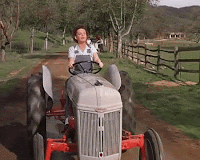Guerrilla filmmaking refers to a form of independent filmmaking characterized by low budgets, skeleton crews, and simple props using whatever is available. Often scenes are shot quickly in real locations without any warning, and without obtaining permission from the owners of the locations.
Guerrilla filmmaking is usually done by independent filmmakers because they don't have the budget to get permits, rent out locations, or build expensive sets. Larger and more "mainstream" film studios tend to avoid guerrilla filmmaking tactics because of the risk of being sued, fined or having their reputation damaged due to negative PR exposure.
According to Yukon Film Commission Manager Mark Hill, "Guerrilla filmmaking is driven by passion with whatever means at hand".



















